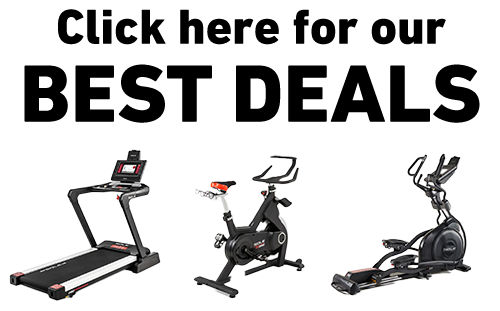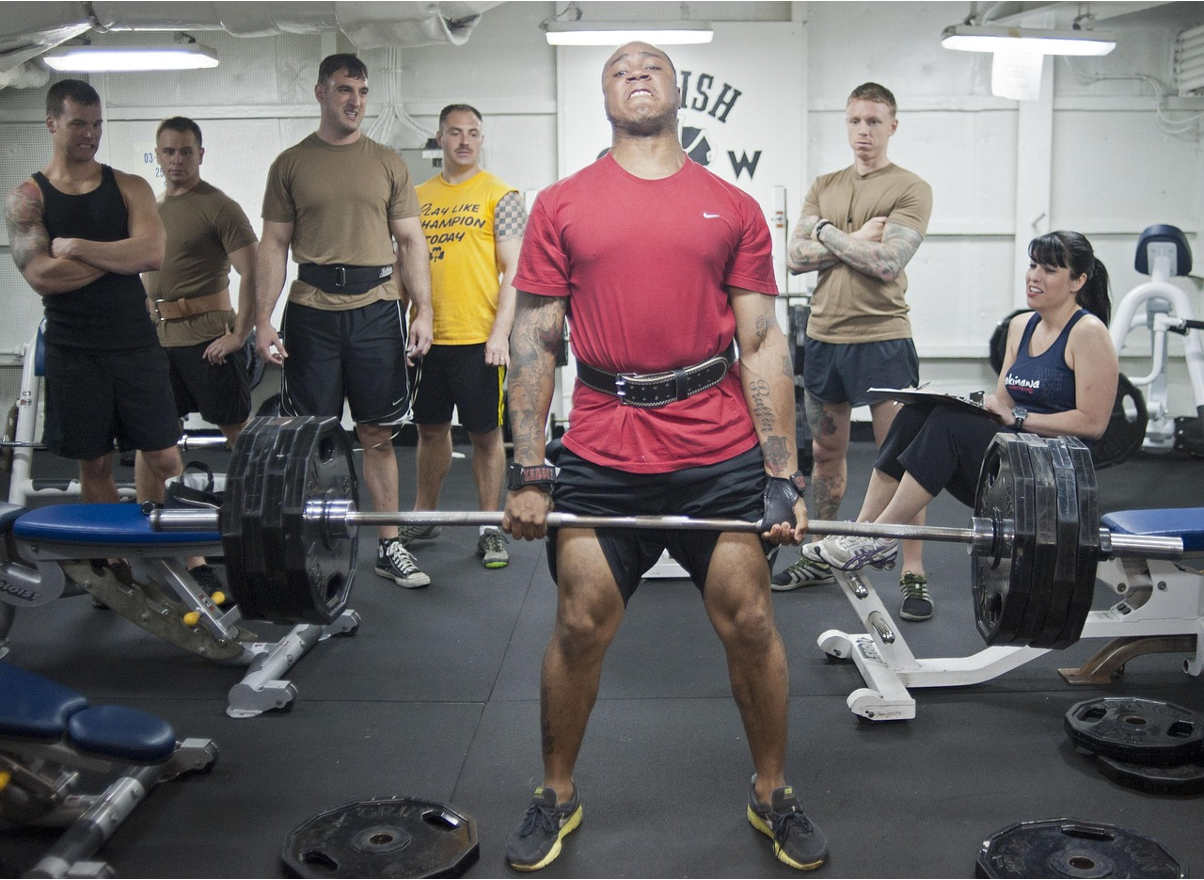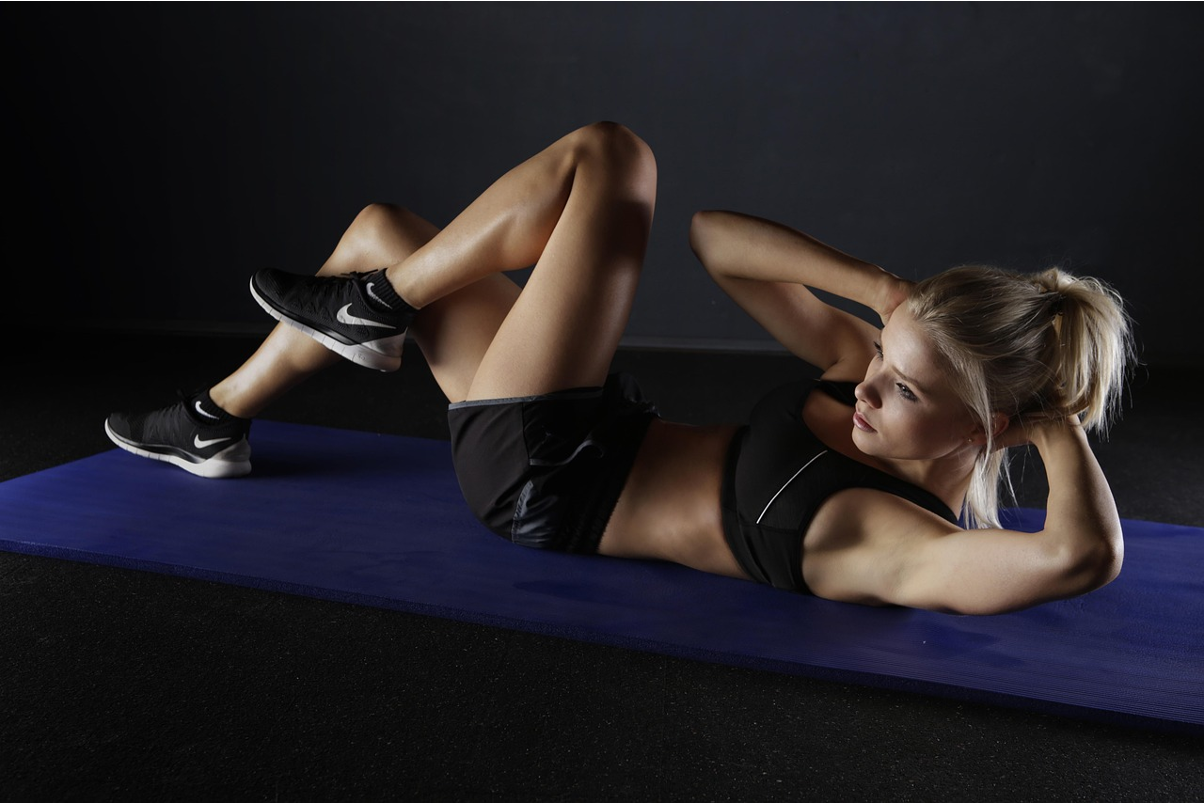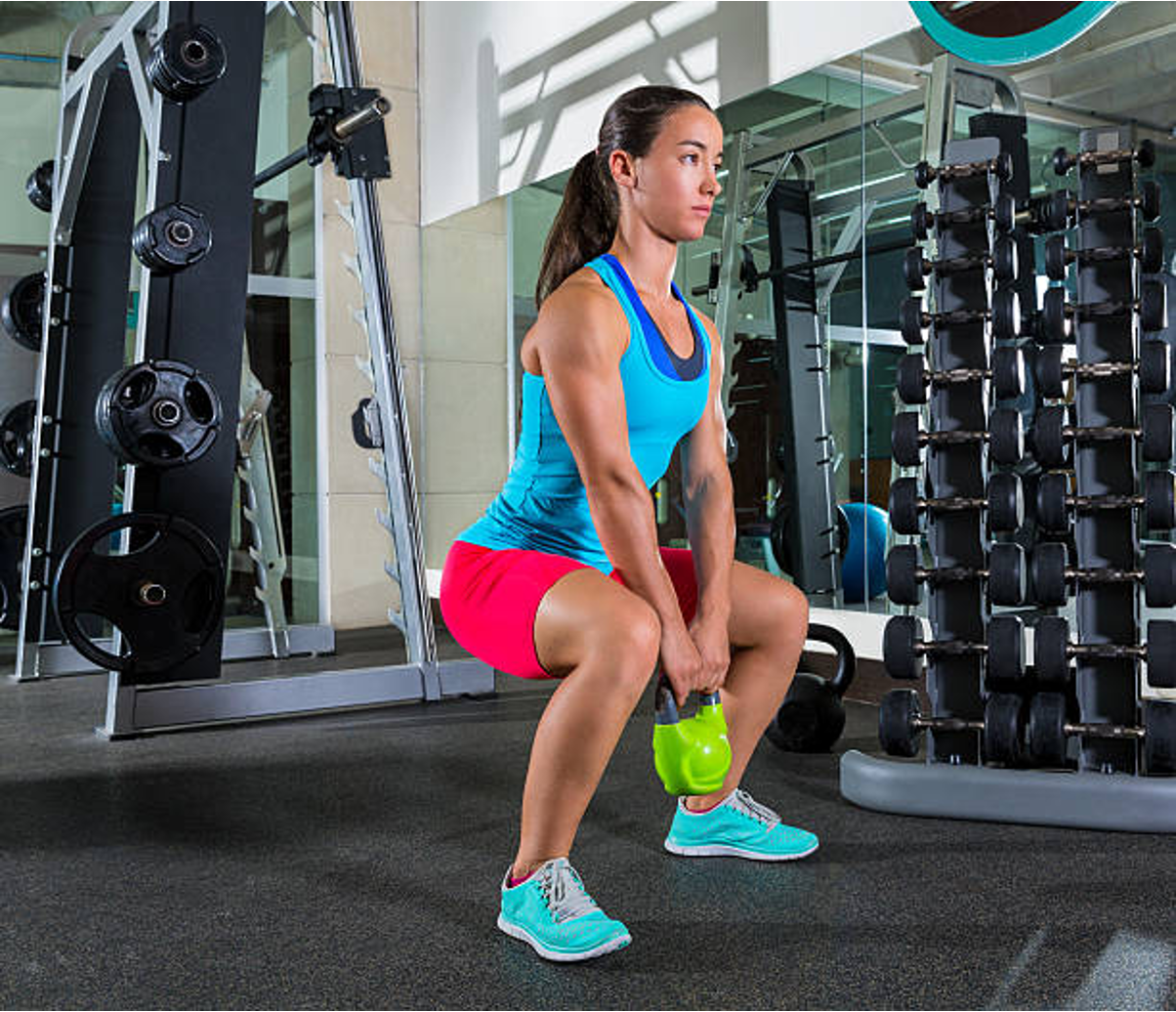Key Takeaways
- Sumo deadlifts target posterior chain muscles while sumo squats emphasize quadriceps and inner thighs; this makes them complementary rather than interchangeable exercises.
- The sumo deadlift is optimal for developing hip hinge strength and allows for heavier loading with a shorter range of motion than conventional deadlifts.
- Sumo squats offer greater activation of the adductors (inner thighs) and can be performed with various equipment options for versatile training approaches.
- Proper hip mobility is crucial for both movements, with the sumo stance requiring significant external hip rotation capability for safe execution.
- SOLE's SW111 Olympic Barbell provides the optimal equipment for progressive sumo deadlift training, while the SW180 Adjustable Dumbbells excel for sumo squat variations.
Understanding the Fundamental Differences
The choice between sumo deadlift and sumo squat means matching the right exercise to your specific goals. Both utilize a wide stance that might look similar at first glance, but the differences in mechanics, muscle activation, and training benefits are substantial.
The fundamental difference lies in their movement patterns. The sumo deadlift is a hip-hinge movement where you pull weight from the floor to hip height, while the sumo squat involves lowering your body between your legs with the weight supported on your shoulders or in your hands. This distinction creates completely different force vectors and muscle recruitment patterns.
Equipment requirements also differ significantly. The sumo deadlift is traditionally performed with a barbell, though dumbbell and kettlebell variations exist.
Sumo squats offer more versatility, working effectively with barbells, dumbbells, kettlebells, or simply bodyweight for beginners. This equipment flexibility makes the sumo squat more accessible in limited-equipment settings.
|
Build Your Foundation with Premium-Grade Strength Equipment!
 Complete Your Home Gym:
Why Choose SOLE Strength: ✓ Heavy-duty steel construction with rust protection 30-Day Money-Back Guarantee: Love it or return it, no questions asked. |
The Sumo Deadlift: Hip Hinge Mastery

The sumo deadlift combines the power of the hip hinge pattern with mechanical advantages that often allow lifters to handle heavier loads than conventional deadlift variations.
Proper Sumo Deadlift Form
Begin by positioning your feet significantly wider than shoulder-width, typically with toes pointing outward at approximately 45 degrees.
Your shins should be close to the barbell with the bar positioned directly over the middle of your feet. Grip the bar inside your legs (narrower than your stance) using either a double overhand grip for lighter weights or a mixed grip for heavier loads.
Before initiating the pull, create tension by "pulling the slack out of the bar" while simultaneously bracing your core and engaging your lats. The key to an effective sumo deadlift is to push the floor away rather than thinking about lifting the weight up.
Drive through your heels while keeping your chest up and spine neutral, maintaining tension in your upper back throughout the movement.
As the bar passes your knees, drive your hips forward to achieve full lockout, squeezing your glutes at the top position. The descent should be controlled, maintaining your braced position while hinging at the hips to return the weight to the floor.
Primary Muscles Targeted in the Sumo Deadlift
The sumo deadlift primarily activates your posterior chain with emphasis on several key muscle groups. Your glutes serve as the primary movers, generating powerful hip extension required to lift heavy loads.
The hamstrings contribute significantly throughout the pull, while adductors work due to the wide stance. Your quadriceps engage more in the sumo variation compared to conventional deadlifts, particularly during the initial breaking of the weight from the floor.
Upper body involvement includes the erector spinae stabilizing the spine while the trapezius, rhomboids, and lats maintain upper back tension throughout the movement. The core musculature creates the necessary intra-abdominal pressure to protect your spine under heavy loads.
Common Form Mistakes to Avoid
Many lifters compromise their sumo deadlift by starting with their hips too low, essentially turning the movement into a squat-deadlift hybrid.
This position reduces power output and creates an inefficient bar path. Another common error is allowing the knees to cave inward during the pull, which reduces force production and places unnecessary stress on the knee joints.
Rounding the lower back remains a critical error that can lead to injury, particularly under heavy loads. Equally problematic is failing to engage the lats, which often results in the barbell drifting away from the body and creating inefficient leverages.
The Sumo Squat: Quad-Focused Development

Sumo squats transform the traditional squat pattern through a wider stance that increases adductor activation while maintaining quadriceps emphasis throughout the movement.
Correct Sumo Squat Technique
Set up with feet wider than hip-width apart, typically 1.5-2 times shoulder width, with toes turned out between 30-45 degrees. Whether using a barbell, dumbbells, or kettlebells, the weight should be positioned to allow for proper depth while maintaining an upright torso.
Initiate the movement by breaking at the knees and hips simultaneously, controlling the descent while keeping your knees tracking in line with your toes.
As you descend, focus on sitting "between" your legs rather than behind them, aiming to reach at least parallel depth where your thighs are horizontal to the floor.
Maintain tension in your inner thighs throughout the movement while keeping your chest upright. Drive through your heels and midfoot to return to the starting position, focusing on pushing your knees outward to maintain proper alignment during the ascent.
Main Muscles Worked During Sumo Squats
The sumo squat heavily recruits your quadriceps, which drive the majority of the upward phase of the movement. Your glutes engage significantly, particularly the gluteus medius which works to externally rotate and abduct the hips.
The most distinctive feature of muscle activation in sumo squats is the increased recruitment of the adductor muscles (inner thighs).
Core engagement remains crucial during sumo squats, with the transverse abdominis, obliques, and erector spinae working to maintain torso position. While less prominent than in traditional squats, the hamstrings still contribute to hip extension during the ascent phase.
Equipment Options and Variations
The versatility of the sumo squat makes it accessible regardless of your equipment situation. The barbell variation is common for serious strength development, with options for both front and back loaded positions.
If you’re seeking variety, holding a single dumbbell or kettlebell in a goblet position creates core challenges while still allowing a full range of motion.
Bodyweight sumo squats provide an excellent entry point for beginners or those working on mobility.
You can progress bodyweight variations by adding pause repetitions, tempo work, or resistance bands placed just above the knees.
Master Sumo Deadlifts and Sumo Squats with SOLE's Professional-Grade Equipment

SOLE's Olympic Barbell and adjustable strength equipment provide the complete solution for mastering both sumo movement patterns from foundational learning to advanced heavy loading.
SOLE's SW111 Olympic Barbell is the cornerstone for sumo deadlift training, providing the professional-grade equipment needed for progressive strength development.
The precision-engineered 7-foot Olympic standard barbell features chrome grooved sleeves for secure plate loading, heavy-duty steel construction with rust protection, and strategically placed knurling that provides excellent grip for the narrow hand position required in sumo deadlifts.
The SW111's Olympic standard construction means it's compatible with all standard weight plates, allowing you to progressively load from beginner weights to advanced heavy pulls as your strength develops.
For sumo squat development, complement your barbell training with the SW180 Adjustable Dumbbells. Start with goblet squat variations using a single dumbbell at chest height to master proper positioning and depth, then progress to dual-dumbbell variations held at shoulder level for increased loading.
The SW116 Weight Bench enhances both exercises by providing elevated starting positions for sumo deadlift learning progressions and stable support for unilateral squat variations.
The SOLE+ App includes structured programming for both sumo deadlifts and sumo squats with proper progression protocols, exercise demonstrations, and technique cues that ensure safe advancement from beginner to advanced levels.
Frequently Asked Questions (FAQs)
Can beginners safely perform sumo deadlifts and sumo squats?
Beginners can learn both movements safely, though the learning curve differs between them. Start with sumo squats using bodyweight or goblet variations to develop the necessary motor patterns and hip mobility. The controlled nature of squats generally makes them more accessible entry points for those new to resistance training. For sumo deadlifts, beginners should prioritize technical proficiency over load, potentially starting with elevated starting positions to simplify the movement pattern.
Which exercise is better for building overall lower body strength?
For overall lower body strength development, the sumo deadlift typically allows for heavier loading and greater systemic stress, making it superior for maximal strength development. However, the sumo squat develops functional strength in different movement patterns and muscle groups. The most effective approach for complete lower body strength involves incorporating both exercises strategically rather than choosing just one.
How often should I include these exercises in my workout routine?
Heavy sumo deadlifts typically work best when programmed 1–2 times weekly due to their significant recovery demands. Sumo squats can generally be programmed with higher frequency, typically 2–3 times weekly. When programming both movements within the same training week, consider alternating emphasis cycles where one movement serves as the primary focus while the other is maintained with reduced volume.
Do I need special equipment for these exercises?
While specialized equipment can enhance your experience, both movements can be effectively performed with minimal gear. Sumo deadlifts require a barbell and weight plates as basic equipment. Sumo squats offer greater equipment flexibility, working with barbells, dumbbells, kettlebells, or even bodyweight variations for beginners.
How does SOLE equipment support both sumo deadlift and sumo squat training?
SOLE's SW111 Olympic Barbell is the ideal foundation for sumo deadlift training, featuring chrome grooved sleeves for secure plate loading, precision-engineered Olympic standard construction (7 feet long, 45 lbs), and heavy-duty steel with rust protection that handles progressive loading from beginner to advanced levels. The barbell's knurling provides excellent grip for the narrow hand position required in sumo deadlifts.
For sumo squat variations, the SW180 Adjustable Dumbbells excel at goblet squat progressions with 16 weight options from 5–80 pounds, allowing gradual advancement from beginner to advanced loading.







Leave a comment
This site is protected by hCaptcha and the hCaptcha Privacy Policy and Terms of Service apply.